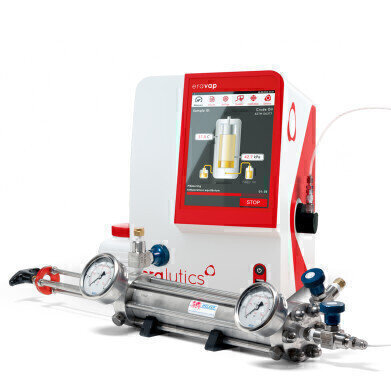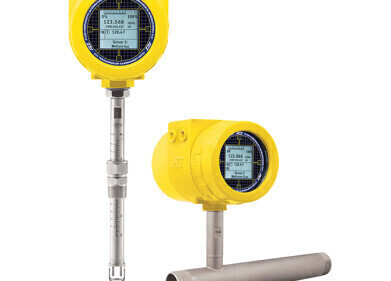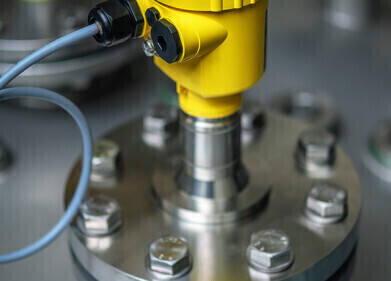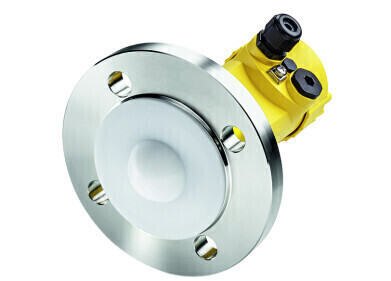Flow Level Pressure
Vapour Pressure Measurements of Crude Oil
Aug 21 2017
The vapour pressure measurement of crude oils gained public interest after several severe rail car accidents in the past caused by a pressure build-up exceeding the maximum pressure of the rail cars. Since then a broad discussion is going on in the Canadian Crude Quality Technical Association (CCQTA) and the Crude Oil Quality Association (COQA, USA) on how to accurately measure the potential risk of various types of crude oils.
The highest vapour pressure that can build up in a closed compartment such as a rail car is reached if the liquid fills up the available space completely without any headspace. This equals a vapor to liquid ratio (V/L) of 0. As it is technically impossible to measure the vapor pressure at V/L = 0 this value has to be extrapolated from at least three different V/L ratio measurements at the same testing temperature. The obtained value is then called True Vapor Pressure (TVP).
Not only the measurement at V/L = 0 is challenging for vapor pressure testers. Also, the measurement of highly viscous crude oil samples necessitates specially designed instruments to handle the viscosity of the sample. With its high viscosity module ERAVAP heats its sample lines. This lowers the viscosity and enables viscous samples to be measured.
Eralytic's ERAVAP can handle pressurised and non-pressurised crude oil samples. It offers a temperature range from 0 to 120°C while handling V/L ratios down to 0 and it copes with a wide range of viscosities. Additionally, to crude oil measurements according to ASTM D6377 ERAVAP provides fully automated vapour pressure testing of gasoline and LPG according to the latest international standards such as ASTM D5188, D5191, D6378, D6897, EN13016 1+2, etc.
ERAVAP’s capabilities can be extended with eralytics' unique special application modules: The Low VP Module for the measurement of chemicals with vapour pressures as low as 0.1 kPa within an extended measuring range of -99 to 300°C., The High Viscosity Module with heating for the inlet and outlet of the analyser up to 70 °C to allow measuring of liquids such as crude oil samples with an extremely high viscosity at ambient temperature, The Low Temperature Module to perform vapour pressure measurements of samples like gasoline samples down to -20°C (-4°F).
Digital Edition
PIN 25.1 Feb/March
March 2024
In This Edition Safety - The technology behind the ION Science Tiger XT - Safety with ammonia and LOHCs as hydrogen carriers Analytical Instrumentation - Discussion on new tribology te...
View all digital editions
Events
Apr 24 2024 Mumbai, India
Apr 24 2024 Jakarta, Indonesia
Apr 28 2024 Montreal, Quebec, Canada
Apr 30 2024 Birmingham, UK
May 03 2024 Seoul, South Korea


















